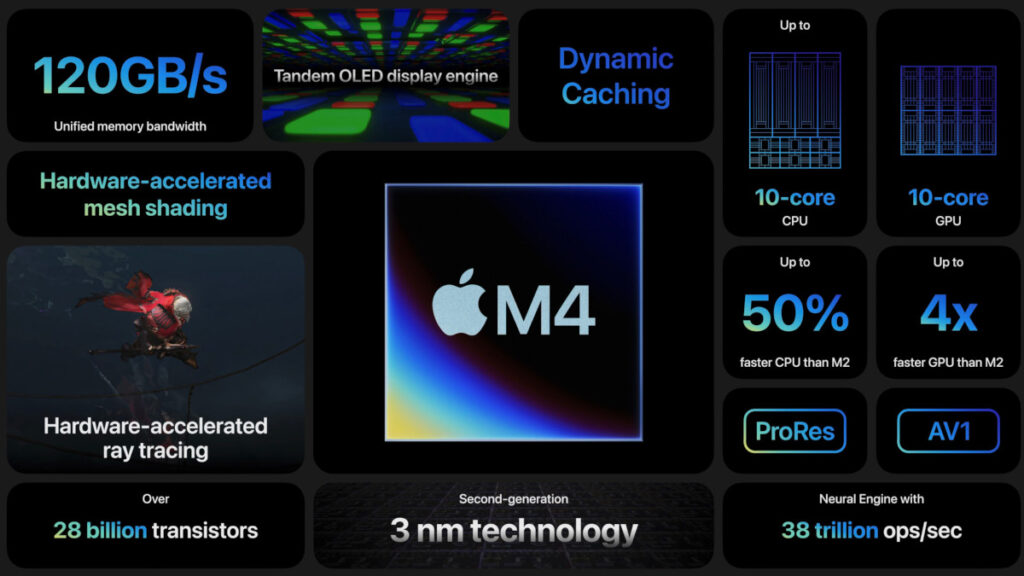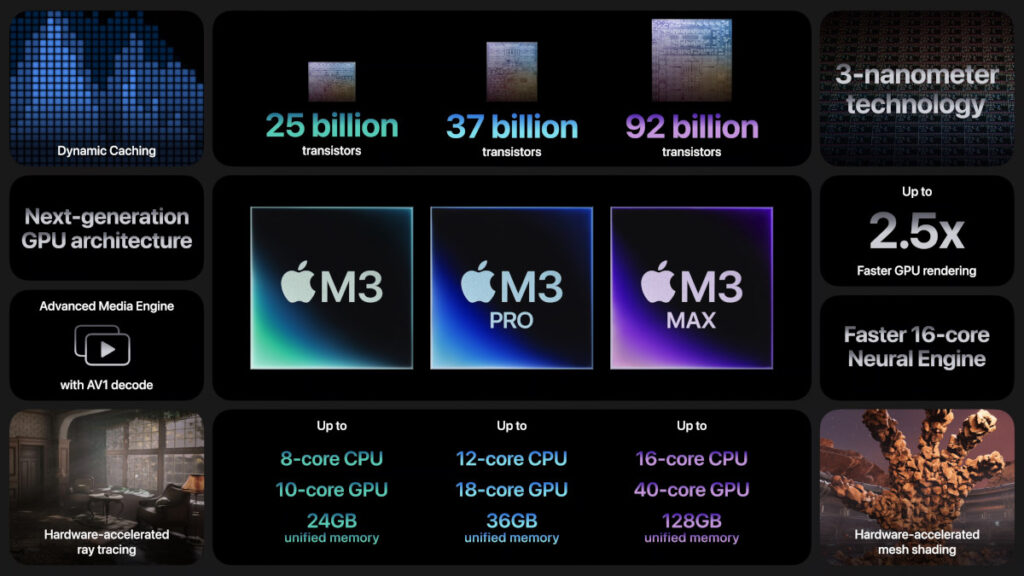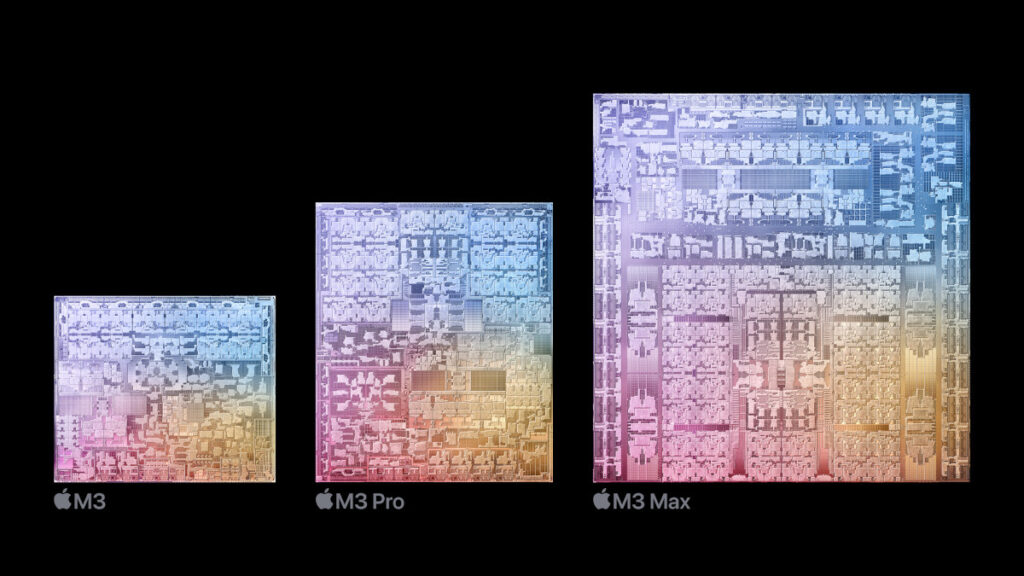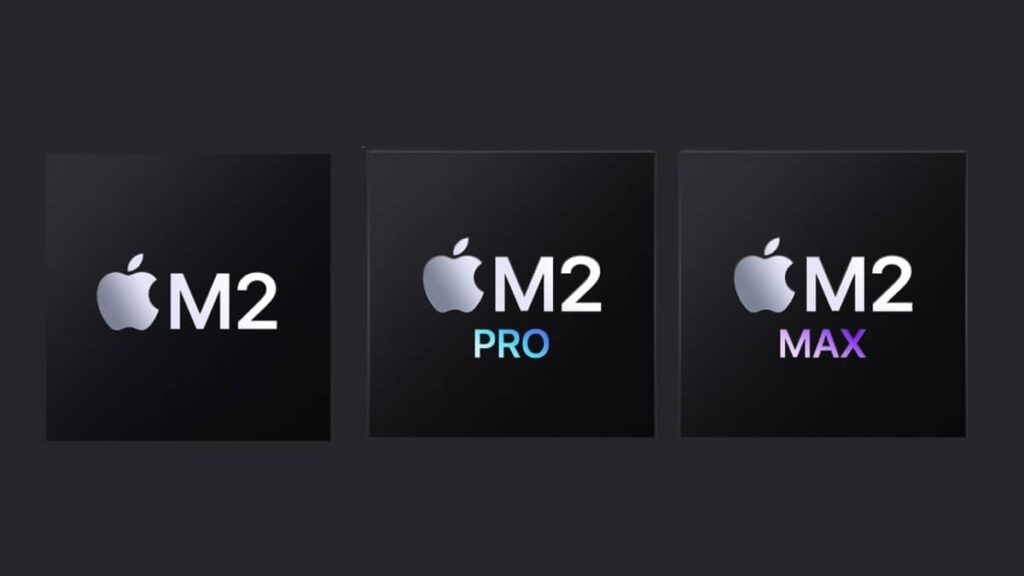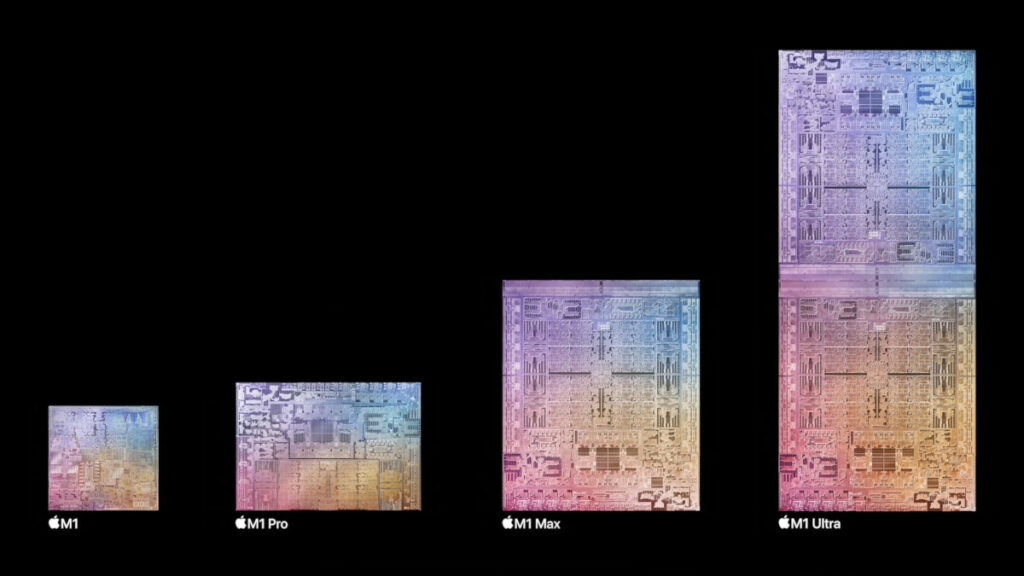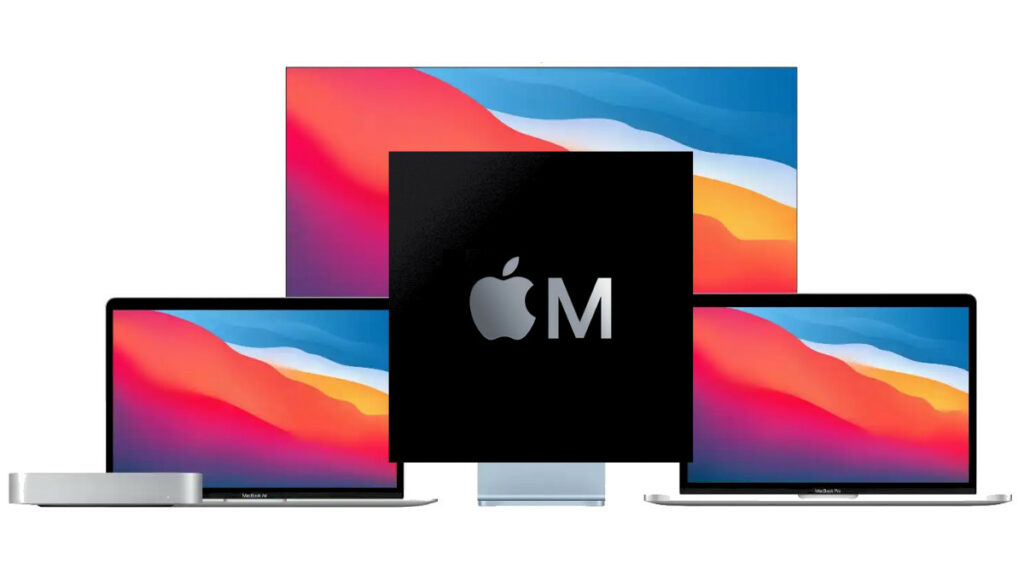Apple M5 Processor Series
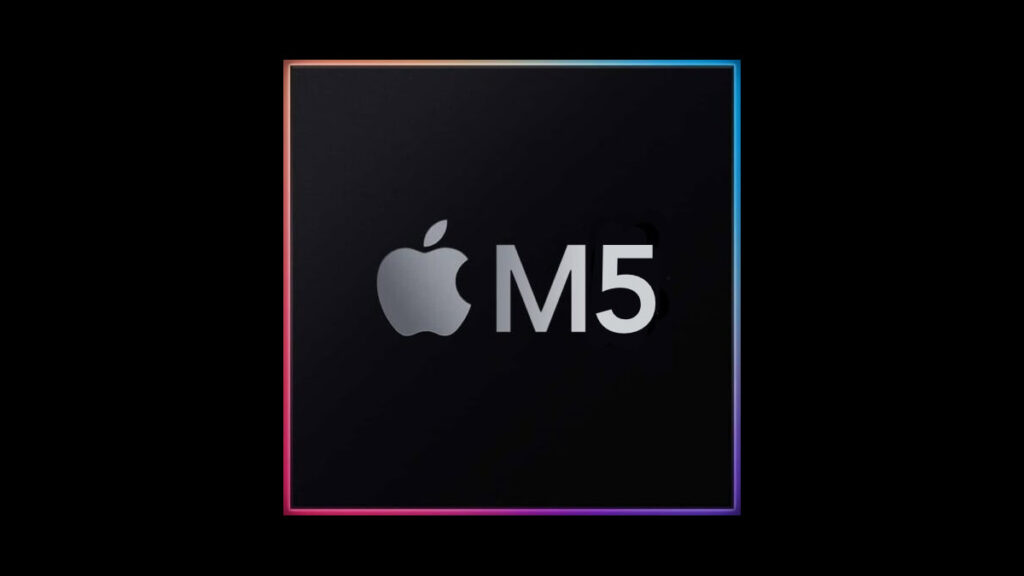
Understanding the Apple M5 Series processors
Apple M5
Wikipedia
Amazingly, the 1st rumors of the M5 Series Apple silicon have appeared. Apple is expected to have an annual release rhythm, so it is very likely you will see the first M5 variants in mid to late 2025.
The M5 Series are probably 2nm chips and little is known beyond that at the present time. I will add information as it becomes available.
Yehuda Rothschild Apple M4 Processor Series YouTube Channel
The brilliance of Apple silicon is the components of each one are the same. There are just more or less of them in each type.
Performance of the various M5 processors, just like their predecessors really will boil down to the base M5 processor performance. At this point specifications are wild guesstimates.
** If you are browsing this page from a phone, you may want to view the following chart in landscape mode.
| Component | M5 ? | M5 Pro ? | M5 Max ? | M5 Ultra ? | M5 Extreme ? |
| Efficiency CPU Cores | |||||
| Efficiency Clock | GHz | GHz | GHz | GHz | GHz |
| Performance CPU Cores | |||||
| Performance Clock | GHz | GHz | GHz | GHz | GHz |
| Neural Engine Cores | |||||
| GPU Cores options | |||||
| Unified Memory options | |||||
| Memory Bandwidth | GB/s | GB/s | GB/s | GB/s | GB/s |
| Video Decode Engines | |||||
| Video Encode Engines | |||||
| ProRes Encode-Decode Engines |
CPU & GPU Performance Benchmarks
Thanks!
-Yehuda
Useful Links
Apple related pages
Updated periodically – Apple Silicon is the DAW standard
Updated periodically – Apple Mac Studio M1 Max & M1 Ultra
Updated periodically – Apple Mac Studio M2 Max & M2 Ultra
Updated periodically – Apple Mac Studio M3 Max & M3 Ultra
Updated periodically – Apple Mac Studio M4 Max & M4 Ultra
Updated periodically – Apple MacBook Pro M1 Pro & M1 Max
Updated periodically – Apple MacBook Pro M2 Pro & M2 Max
Updated periodically – Apple MacBook Pro M3 Pro & M3 Max
Updated periodically – Apple MacBook Pro M4 Pro & M4 Max
Updated periodically – Apple Mac Pro M2 Ultra
Updated periodically – Apple Mac Pro M3 Ultra & M3 Extreme
Updated periodically – Apple Mac Pro M4 Ultra & M4 Extreme
Updated periodically – Apple Mac mini M1
Updated periodically – Apple Mac mini M2 & M2 Pro
Updated periodically – Apple Mac mini M3 & M3 Pro
Updated periodically – Apple Mac mini M4 & M4 Pro
Updated periodically – Apple Studio Display
Updated periodically – Apple M1 Processor Series
Updated periodically – Apple M2 Processor Series
Updated periodically – Apple M3 Processor Series
Updated periodically – Apple M4 Processor Series
Follow on Mastodon – TurtleIsland.social/@Yehuda
This page is subject to content updates/additions. If you think any content should be updated or added, please leave a private comment on Mastodon – TurtleIsland.social/@Yehuda.
